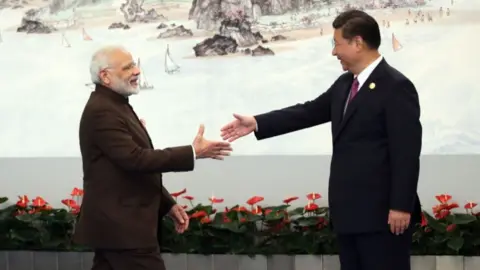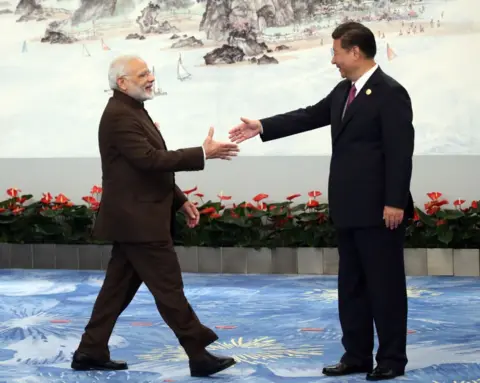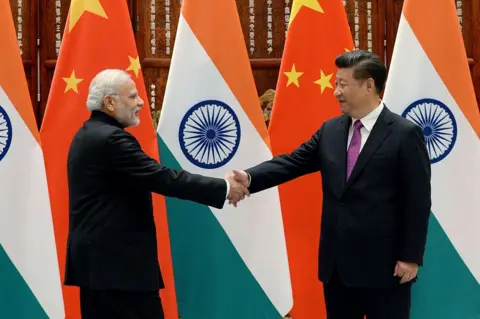The recent controversy surrounding Italian luxury brand Prada has shed light on the ongoing cultural appropriation issues that major fashion labels encounter when engaging with India. The incident escalated in June after models donned toe-braided sandals on the Milan runway that bore a striking resemblance to the traditional Kolhapuri chappal—handcrafted leather footwear from Kolhapur, Maharashtra, with a long-standing history. The absence of any acknowledgment in Prada's collection sparked a significant backlash, prompting the brand to issue a statement recognizing the sandals' origins and expressing a willingness to communicate with local artisans.
Following the uproar, a team from Prada visited Kolhapur to connect with manufacturers and retailers of Kolhapuri sandals, indicating potential future collaborations. This move marked a notable instance of a global fashion giant admitting fault for failing to credit local craftsmanship. Prada's recognition comes amidst broader discussions on the fashion industry’s frequent borrowing from South Asian culture, often without proper acknowledgment.
Similar accusations of cultural appropriation targeted brands like Reformation and H&M earlier this year, sparking fierce debates about respect for the traditions invoked. In contrast, Dior faced criticism for featuring designs inspired by mukaish work, an Indian embroidery technique, yet neglected to mention its origins. While some argue that cultural influences can be diverse and well-intentioned, criticism arises when powerful brands exploit these elements for profit without proper recognition.
Critics, including fashion experts, insist that giving credit is a fundamental design responsibility, emphasizing the importance of educating brands about cultural sensitivities. Despite forecasts from Boston Consulting Group indicating that India's luxury market has the potential to nearly double by 2032, not all analysts share an optimistic view of foreign brands' commitment to this market.
Industry consultant Arvind Singhal notes that many luxury brands still overlook India, viewing it primarily as a production hub rather than a burgeoning consumer base. Although higher-end retail spaces are burgeoning in urban centers, footfall remains lackluster among first-time buyers. Designers such as Anand Bhushan reinforce the need for brands not to overlook the historical and cultural context of the inspirations they draw from, pointing out years of growing frustration among consumers.
Conversely, insights like those from Nonita Kalra, the editor-in-chief of Tata CliQ Luxury, suggest that brands cannot afford to undervalue India’s potential. She notes Prada's move to address its missteps as a positive sign and acknowledges the industry's challenge of diversifying its cultural perspectives.
The discourse surrounding cultural appropriation is intricate, but it's evident that the outrage stemming from Prada's recent activities has sparked an essential conversation about accountability in the fashion world. As India reflects on how to conservatively support its artisanal traditions, it highlights the necessity for brands to treat cultural influences with respect. Both luxury brands and the Indian market face a crucial juncture—improving mutual appreciation may lead to a more equitable design landscape that honors rather than exploits heritage.






















